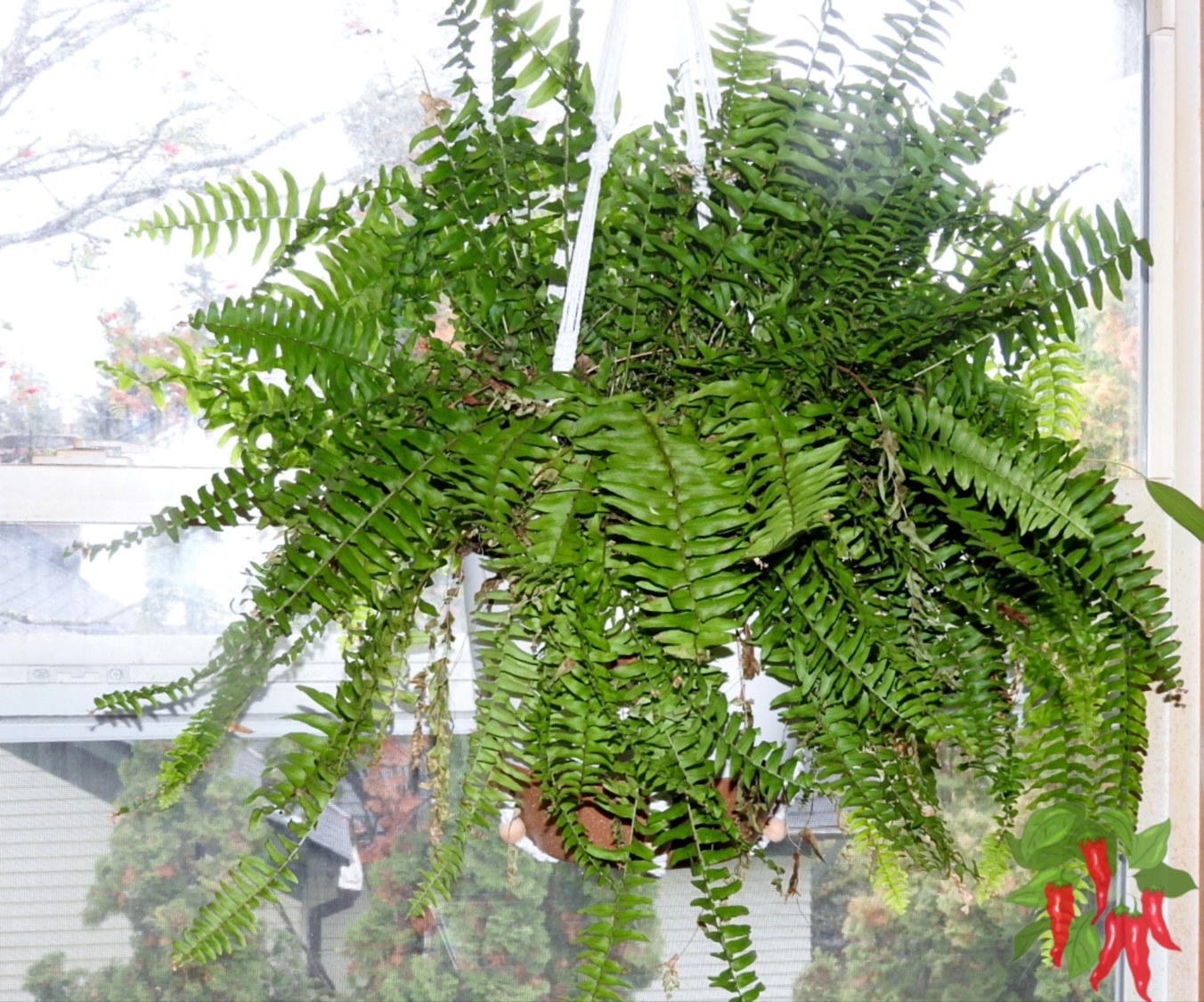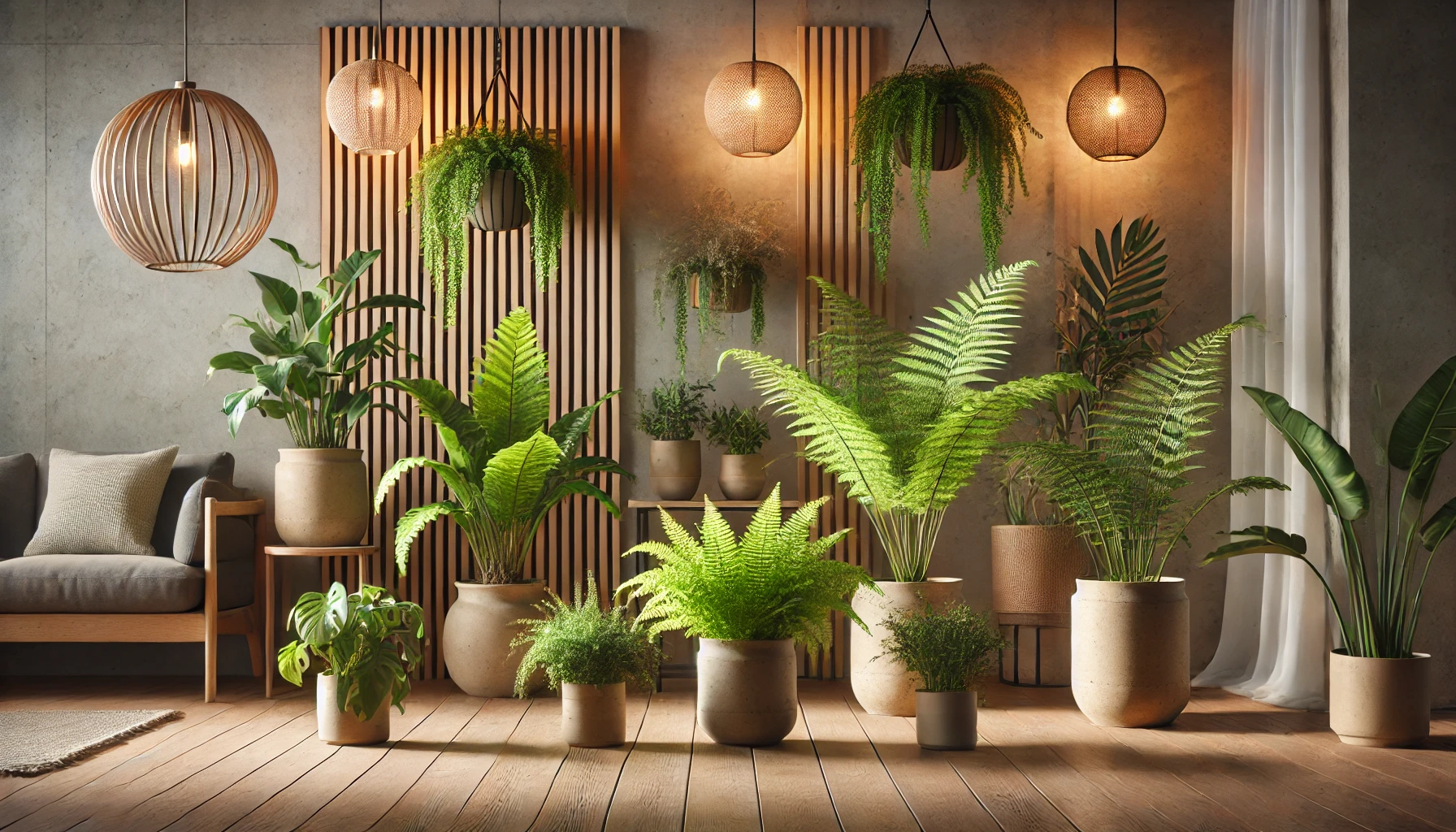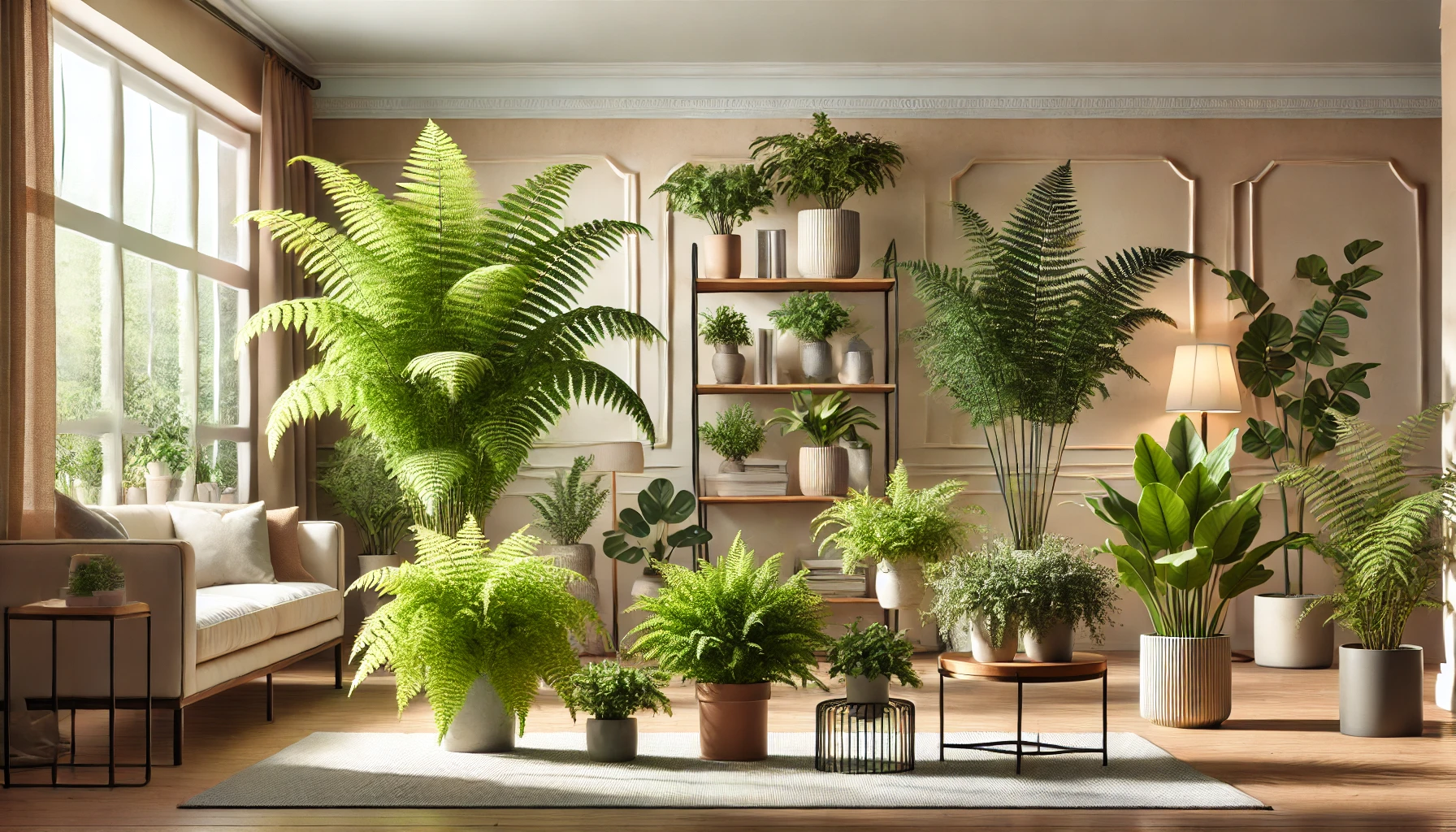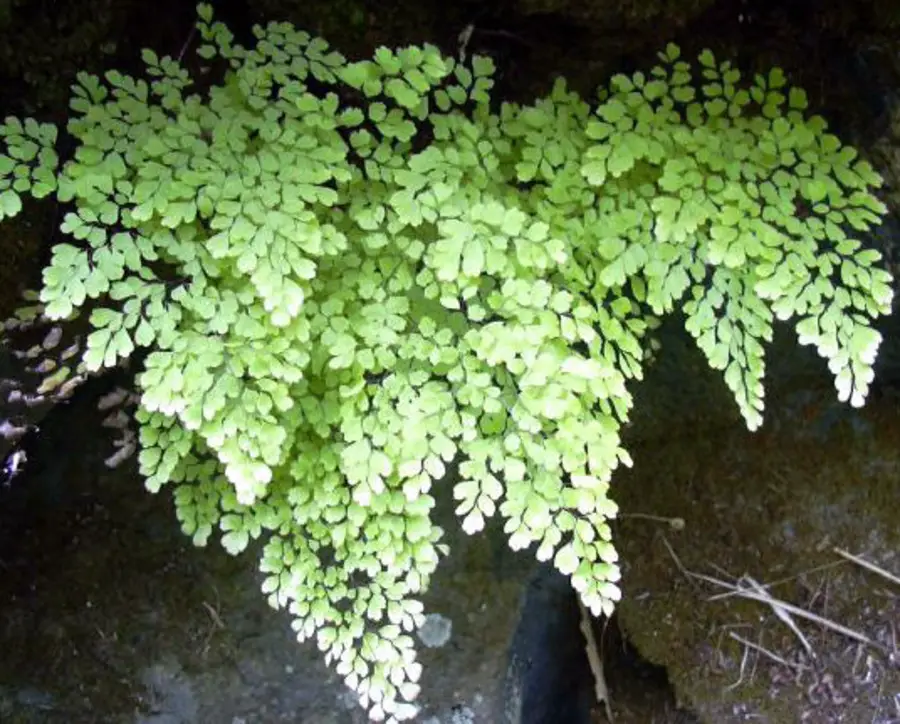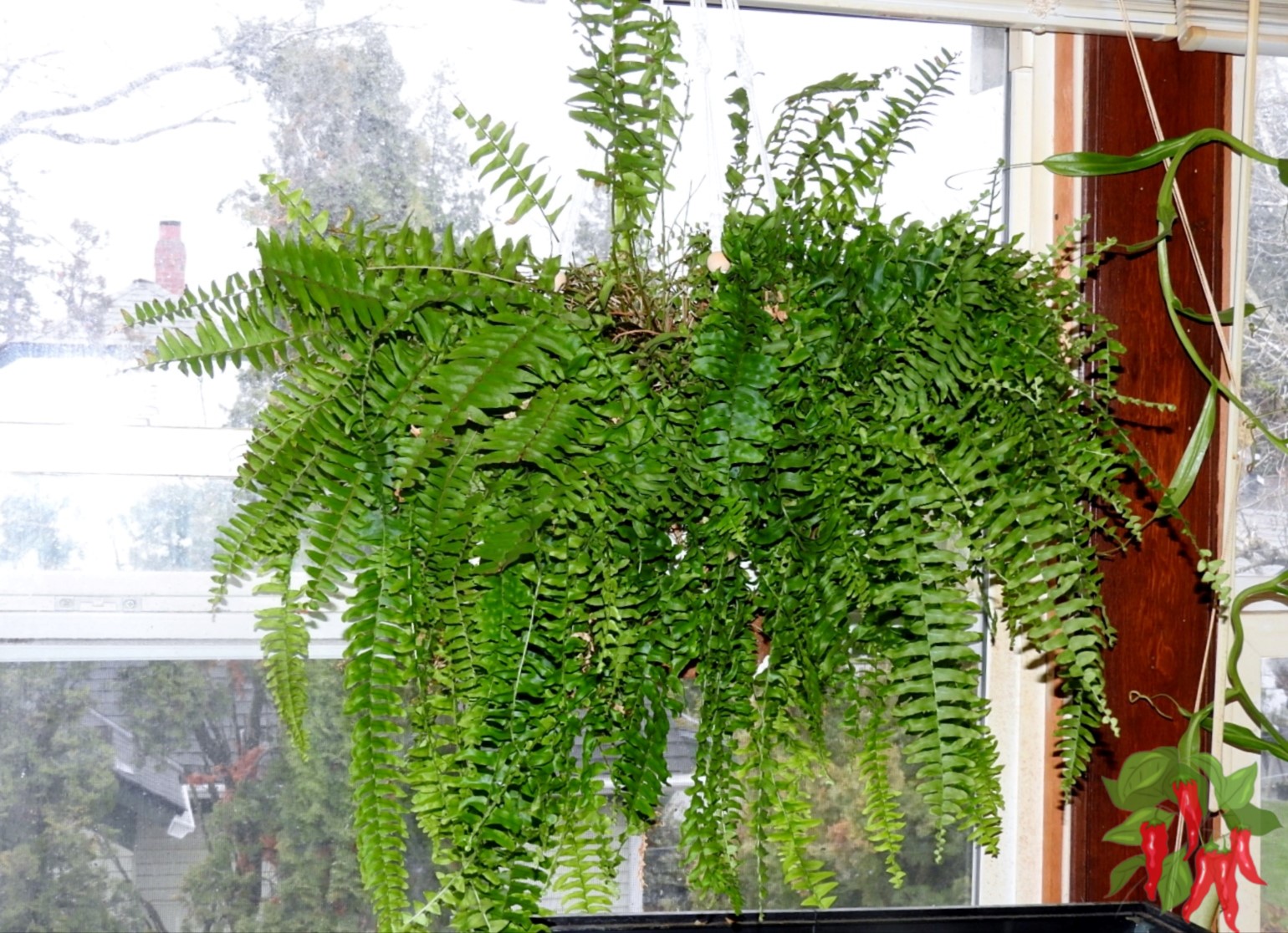This post contains affiliate links. If you buy something from one of our links we may earn a commission. Thanks
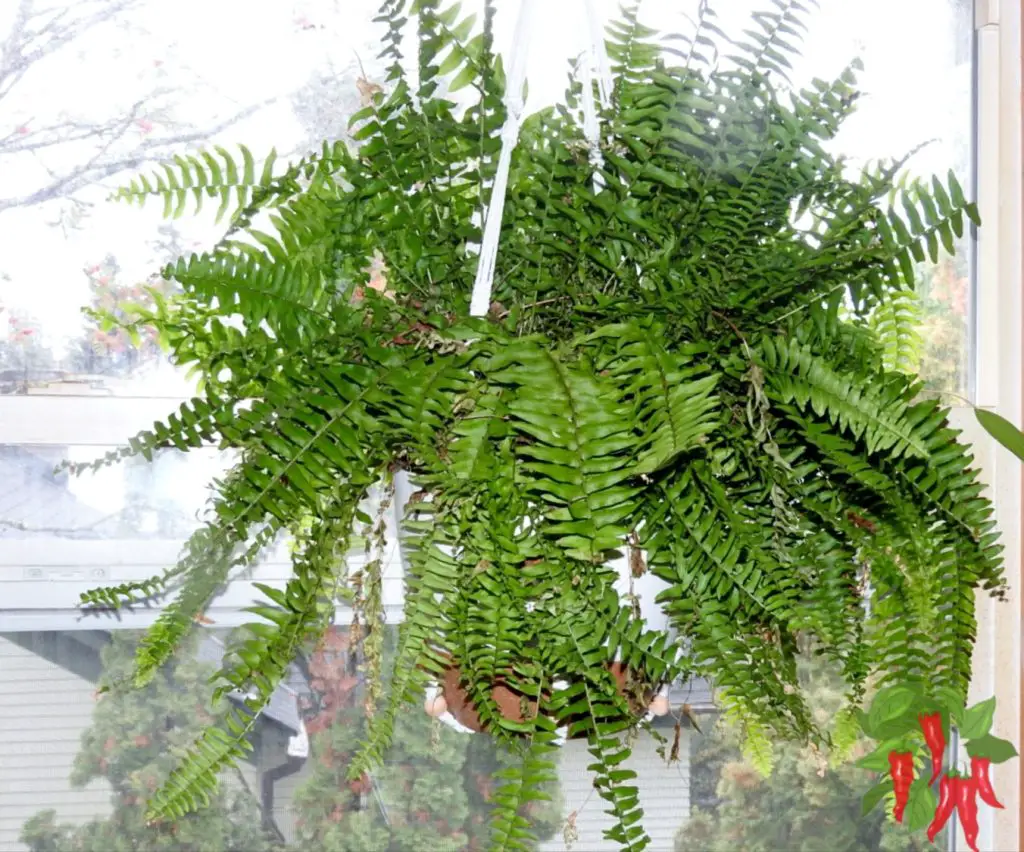
Are you worried about indoor air quality? Indoor air can be up to 5 times more polluted than outdoor air.
Transform your living space into a fresher, healthier environment with nature’s own air purifiers.
Discover the Best Air-Purifying Plants for Living Rooms that naturally clean your indoor air. Expert tips on choosing and caring for these green air filters
Best Air-Purifying Plants for Living Rooms
Key Takeaways
- Best Air-Purifying Plants for Living Rooms include the Spider Plant, Snake Plant, and Peace Lily.
- These NASA-approved plants effectively remove common indoor pollutants like formaldehyde and benzene.
- For optimal air purification, place 3-5 plants per 100 square feet of space.
Why Air-Purifying Plants for Living Rooms?
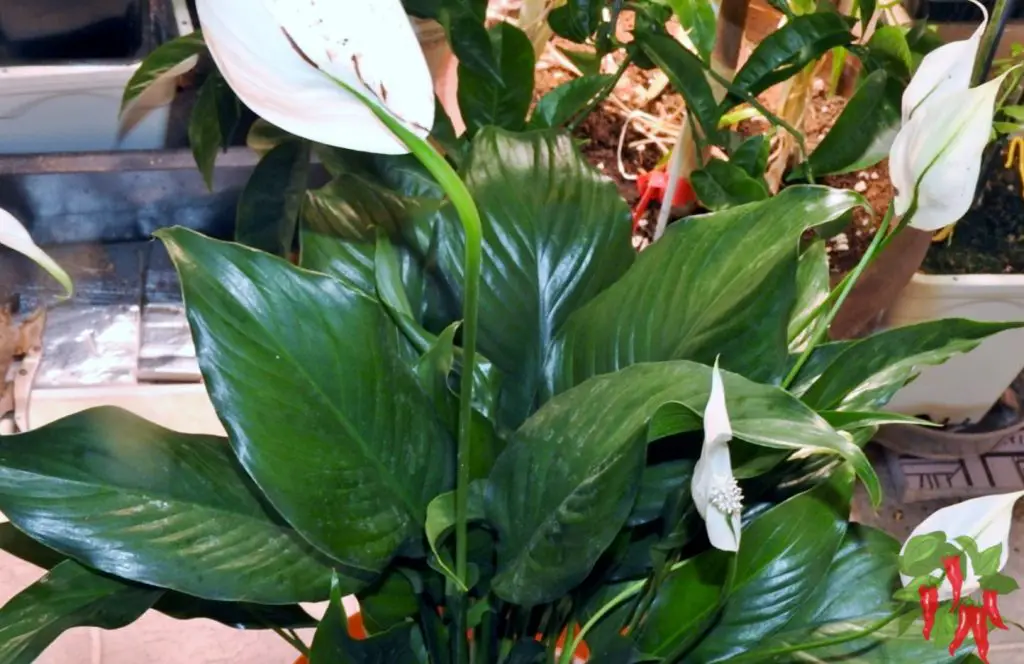
Indoor air quality affects everything from our breathing to our sleep quality. While many of us focus on keeping our homes clean, we often overlook the invisible pollutants floating around our living spaces.
Adding air-purifying plants to your home isn’t just about decoration – it’s a natural, effective way to clean your air while creating a more vibrant living space.
Understanding Indoor Air Pollutants
The air inside our homes can harbor numerous invisible threats that impact our health and well-being.
From furniture off-gassing to cleaning products and electronic devices, our living rooms are full of potential pollutants.
Understanding these common household pollutants helps us make better choices about which plants can effectively combat them and create a healthier indoor environment.
Scientific Insights into Plant Air Purification
The science behind how plants clean our air is fascinating and continues to evolve. Understanding the mechanisms behind plant air purification helps us maximize their benefits in our homes.
• NASA Clean Air Study findings
• How plants filter air pollutants
• Photosynthesis and air quality
• Root system filtration roles
• Microorganism partnerships
• Research developments
• Effectiveness measurements
Top Air-Purifying Plants for Living Rooms
Before diving into specific plants, it’s important to understand that each of these green allies brings unique air-cleaning abilities to your space.
While some excel at removing formaldehyde, others are champions at filtering out benzene or other harmful compounds.
The following selection represents the most effective and easy-to-maintain options for your living room.
• Spider Plant (Chlorophytum comosum)
Removes: formaldehyde, xylene, carbon monoxide
Care Level: Easy

Rooted Spider Plant Bonnie, Chlorophytum Comosum Bonnie, Live, Live Indoor, Home Decor, Easy to Grow, Easy to Care and Low Maintenance Houseplant, 4 inch Pot
A graceful hanging plant with arching leaves and baby plantlets. Thrives in bright indirect light and average humidity. Perfect for beginners and great for hanging baskets or elevated shelves.
• Snake Plant (Sansevieria trifasciata)
Removes: benzene, formaldehyde, trichloroethylene, xylene
Care Level: Very Easy
 Live Snake Plant, Sansevieria trifasciata Superba, Fully Rooted Indoor House Plant in Pot, Mother in Law Tongue Sansevieria Plant, Potted Succulent Plant, Houseplant in Potting Soil by Plants for Pets
Live Snake Plant, Sansevieria trifasciata Superba, Fully Rooted Indoor House Plant in Pot, Mother in Law Tongue Sansevieria Plant, Potted Succulent Plant, Houseplant in Potting Soil by Plants for Pets
Tall, striking leaves that grow upright. Tolerates low light and irregular watering. One of the few plants that convert CO2 to oxygen at night.
• Peace Lily (Spathiphyllum)
Removes: ammonia, benzene, formaldehyde, trichloroethylene
Care Level: Moderate

Costa Farms Peace Lily, Live Indoor Plant with Flowers, Easy to Grow Houseplant in Decorative Pot, Potting Soil, Thinking of You, Get Well Soon Gift, Room Decor, 1 Foot Tall
Elegant white flowers and glossy leaves. Prefers moderate light and consistent moisture. Great indicator plant – droops when needs water.
• English Ivy (Hedera helix)
Removes: benzene, formaldehyde, xylene, toluene
Care Level: Moderate

Thorsen’s Greenhouse Live Green English Ivy Plant, Hedera Helix, Live Indoor Plant, 4″ Diameter Pot
Versatile climbing vine with detailed leaves. Adapts well to various light conditions. Excellent for hanging baskets or training up trellises.
• Bamboo Palm (Chamaedorea seifrizii)
Removes: benzene, carbon monoxide, formaldehyde
Care Level: Moderate

Costa Farms Bamboo Palm, Easy to Grow Houseplant, Live Indoor Plant Potted in Decor Plant Pot, Room or Office Decor, 3-4 Feet Tall
A graceful, tropical palm adds height and texture. Prefers bright indirect light and humid conditions. Excellent for larger spaces.
• Dracaena (Various species)
Removes: benzene, formaldehyde, trichloroethylene, xylene
Care Level: Easy
 Costa Farms Dracaena Golden Heart Live Indoor Plant, Easy to Grow Houseplant in Modern Plant Pot, Potting Soil, Living Room, Home and Office Decor, Housewarming Gift, 2-3 Feet Tall
Costa Farms Dracaena Golden Heart Live Indoor Plant, Easy to Grow Houseplant in Modern Plant Pot, Potting Soil, Living Room, Home and Office Decor, Housewarming Gift, 2-3 Feet Tall
Multiple varieties with different leaf patterns. Adapts well to various light conditions. Perfect for corners and tight spaces.
• Golden Pothos (Epipremnum aureum)
Removes: formaldehyde, xylene, benzene
Care Level: Very Easy

Costa Farms Golden Pothos Live Plant, Easy Care Indoor House Plant in Grower’s Pot, Potting Soil, Great for Outdoor Hanging Planter or Basket, Housewarming Gift, Desk Decor, Room Decor, 10-Inches Tall
Fast-growing vine with heart-shaped leaves. Tolerates low light and irregular watering. Excellent for beginners.
• Boston Fern (Nephrolepis exaltata)
Removes: formaldehyde, xylene
Care Level: Moderate

Hanging Boston Fern Live Plant, 6 Inch Planter Pot for Plants, Ferns Live Plants Outdoor, Pet Friendly Plant, Low Light Plants Live Houseplants, Live House Plants Indoors Live Ferns by Plants for Pets
Lush, feathery fronds create a tropical feel. Needs consistent moisture and humidity. Perfect for bathrooms or kitchens.
• Rubber Plant (Ficus elastica)
Removes: formaldehyde, bacteria, mold spores
Care Level: Moderate

Costa Farms Burgundy Rubber Plant, Live Indoor Ficus Elastica Tree, Live Indoors Houseplant in Nursery Pot, Potting Soil Mix, Gift for Housewarming New House, Home or Office Decor, 2-3 Feet Tall
Bold, glossy leaves make a striking statement. Prefers bright indirect light. Great for filling empty corners.
• Aloe Vera (Aloe barbadensis miller)
Removes: formaldehyde, benzene
Care Level: Easy

Live Aloe Vera Succulent Aloe Barbadensis Aloe 8″-12″ Tall, 4″ Pot
Succulent with healing properties. Needs bright light and minimal water. Perfect for sunny windowsills.
Enhancing Air Purification with Plant Placement
The location of your air-purifying plants can significantly impact their effectiveness. Strategic placement isn’t just about aesthetics – it’s about maximizing their air-cleaning potential while ensuring they thrive in your space.
Understanding the basics of plant placement helps create an efficient natural air filtration system throughout your living room.
• Place plants in breathing zones (areas where you spend most time)
• Keep plants away from direct AC/heating vents
• Spread plants throughout the room rather than grouping them
• Consider elevating some plants for better air circulation
• Position larger plants in corners for maximum coverage
Maintenance Tips for Healthy Plants
Creating a thriving indoor garden requires consistent care and attention. By establishing simple maintenance routines, you can ensure your air-purifying plants remain healthy and effective at cleaning your indoor air.
These fundamental care practices will help your plants flourish while keeping your air clean.
• Regular dusting of leaves to maintain air-filtering efficiency
• Check soil moisture weekly
• Rotate plants quarterly for even growth
• Inspect for pests monthly
• Clean planters and drainage holes seasonally
• Fertilize according to each plant’s specific needs
• Prune dead or yellowing leaves promptly
Seasonal Care Variations
As seasons change, so do your plants’ needs. Adapting care routines throughout the year ensures your air-purifying plants remain healthy and effective.
Understanding seasonal adjustments helps maintain optimal growing conditions regardless of external weather conditions.
• Adjust watering frequency with seasons
• Monitor humidity levels in winter
• Reduce fertilizer in fall/winter
• Clean windows for maximum light
• Move plants away from drafts
• Check heating vent locations
• Consider supplemental lighting in winter
Safety Considerations
Creating a healthy environment means ensuring your plants are safe for all household members.
While these plants excel at purifying air, some require special consideration to keep everyone safe, including pets and children.
• Keep toxic plants out of reach of children and pets
• Research plant toxicity before purchasing
• Use stable plant stands to prevent tipping
• Place climbing plants securely
• Keep plant care products stored safely
• Monitor for any allergic reactions
• Use child/pet-safe plant stakes and supports
Addressing Common Plant Care Challenges
Even experienced indoor gardeners face obstacles. Understanding common issues and their solutions helps maintain healthy, effective air-purifying plants.
• Yellow leaves: Usually indicate overwatering
• Brown leaf tips: Often from low humidity
• Pest management: Regular inspection and prevention
• Root rot: Proper drainage solutions
• Light issues: Placement adjustments
• Growth problems: Nutrition basics
• Seasonal challenges: Adaptive care
Integrating Plants with Interior Design
Your air-purifying plants can be both functional and fashionable. Creating a cohesive look that combines clean air with stunning aesthetics is easier than you think.
The key is selecting containers and display methods that complement your existing decor while maximizing your plants’ air-cleaning abilities.
• Mix plant heights and textures for visual interest
• Choose pots that complement your color scheme
• Use plant stands at varying heights
• Create focal points with larger specimens
• Incorporate wall-mounted planters
• Add architectural plants for structure
• Use matching containers for cohesion
DIY Air-Purifying Plant Projects
Get creative with your air-purifying plants while maximizing their benefits. These projects help you maximize space and create unique displays that enhance both air quality and aesthetics.
• Create living walls with air-purifying varieties
• Build tiered plant stands
• Design hanging garden systems
• Make macramé plant hangers
• Construct window shelf gardens
• Develop plant grouping stations
• Build terrarium displays
Combining Technology with Nature
Modern technology can help optimize your plants’ air-purifying abilities while making care easier.
Smart solutions complement your plants’ natural abilities to create an even healthier indoor environment.
• Use moisture meters for precise watering
• Install grow lights for winter months
• Monitor humidity with digital gauges
• Set plant care reminders on apps
• Track air quality improvements
• Use self-watering systems
• Install plant monitoring sensors
Additional Benefits of Indoor Plants
Beyond their air-purifying abilities, indoor plants offer numerous other advantages that enhance our daily lives.
These green companions contribute to our overall well-being in ways that extend far beyond their air-cleaning capabilities.
• Increase humidity levels naturally
• Reduce stress and anxiety
• Improve focus and productivity
• Enhance mood and creativity
• Reduce noise levels
• Create natural privacy screens
• Add life and color to decor
Historical and Cultural Significance
Air-purifying plants have been valued across cultures and throughout history. Understanding their traditional uses and cultural importance adds depth to their modern applications in our homes.
• Ancient air purification practices
• Traditional medicinal uses
• Cultural symbolism of specific plants
• Historical indoor gardening methods
• Evolution of plant cultivation
• Sacred plants in different cultures
• Modern scientific validation
Personal Stories and Testimonials
Real experiences from people who have transformed their living spaces with air-purifying plants provide valuable insights and inspiration.
“My allergies improved significantly after adding these plants to my living room.” – Sarah, Arizona
“I noticed better sleep quality within weeks.” – Michael, New York
“The plants create such a peaceful atmosphere.” – Emma, California
Community and Sustainability
Creating a cleaner indoor environment extends beyond individual homes. Engaging with the plant community and making sustainable choices enhances both your success with air-purifying plants and their positive impact on the environment.
• Support local plant nurseries
• Join plant exchange groups
• Share cuttings with friends
• Choose sustainable potting materials
• Compost plant waste
• Collect rainwater for plants
• Use organic fertilizers
Engaging Children with Indoor Plants
Teaching children about air-purifying plants creates environmental awareness while fostering responsibility.
Making plant care educational and fun helps build lasting connections with nature and an understanding of environmental health.
• Start kids with easy-care plants
• Create plant growth charts
• Teach basic plant science
• Assign simple plant care tasks
• Make plant art projects
• Monitor air quality together
• Start seedlings as experiments
FAQ About Air-Purifying Plants
Understanding the basics of air-purifying plants helps you make informed decisions about incorporating them into your living space. Here are answers to commonly asked questions about these natural air cleaners.
Q: Which indoor plant purifies the air the most?
A: The Peace Lily is considered one of the most effective air-purifying plants, removing multiple pollutants including benzene, formaldehyde, and trichloroethylene.
Q: What plant removes 78% of airborne mold?
A: The Peace Lily has been shown to remove up to 78% of airborne mold spores while also filtering other common pollutants.
Q: What plants remove toxins from the air?
A: Spider Plants, Snake Plants, Peace Lilies, and English Ivy are particularly effective at removing various toxins including formaldehyde, benzene, and xylene.
Q: Which indoor plant does NASA recommend?
A: NASA recommends several plants including Snake Plants, Spider Plants, and Peace Lilies based on their Clean Air Study findings.
Q: How many plants does it take to purify the air in a room?
A: NASA suggests using 15-18 plants in 6-8 inch pots per 1,800 square feet for optimal air purification.
Q: Do indoor plants stop mold?
A: While plants can’t completely stop mold, certain varieties like Peace Lilies and Boston Ferns can help reduce mold spores in the air.
Q: What is the most beneficial indoor plant?
A: The Snake Plant is often considered most beneficial due to its low maintenance, air purifying abilities, and oxygen production at night.
Q: Does a snake plant really purify air?
A: Yes, Snake Plants effectively remove multiple toxins including formaldehyde, benzene, and trichloroethylene from indoor air.
Q: How many plants do I need to purify my home?
A: A general rule is to use at least one medium to large plant per 100 square feet of indoor space.
Q: What is the most healing house plant?
A: Aloe Vera is often considered the most healing house plant due to its air-purifying abilities and medicinal properties.
Q: Which plant gives oxygen 24 hours?
A: Snake Plants and Aloe Vera continue to produce oxygen even at night, making them excellent 24-hour air purifiers.
Q: Which plant is best for mental health?
A: Peace Lilies are often recommended for mental health benefits due to their calming presence and air-purifying abilities.
Conclusion
Creating cleaner indoor air doesn’t require complicated technology – nature has provided us with beautiful, effective solutions.
By incorporating these air-purifying plants into your living room, you’re not just decorating; you’re investing in your health and well-being.
Start with one or two plants that match your care level and gradually build your indoor garden.
Remember, every plant makes a difference in creating a healthier home environment.
Quick Air-Purifying Plants Article Recap
Understanding Air Quality
Indoor air pollution is a significant concern, with indoor air often being more polluted than outdoor air. Air-purifying plants offer a natural solution to combat common household pollutants like formaldehyde, benzene, and trichloroethylene.
Top Performers
The most effective air-purifying plants include the Peace Lily, Snake Plant, and Spider Plant. Each brings unique air-cleaning abilities, with some specializing in specific pollutants while others offer broad-spectrum purification.
Plant Care & Maintenance
Proper placement, regular maintenance, and understanding seasonal care needs are crucial for maximizing air-purifying benefits. Basic care includes leaf dusting, appropriate watering, and monitoring light conditions.
Safety & Design
While incorporating plants, consideration must be given to pet and child safety. Plants can be strategically placed and displayed to enhance both air quality and room aesthetics through various design techniques.
Technology & Innovation
Modern tools and apps can help optimize plant care and track air quality improvements. Smart sensors and self-watering systems can make maintenance more efficient.
Scientific Support
NASA research validates the air-purifying capabilities of certain plants, showing their effectiveness in removing indoor air pollutants. The recommended ratio is approximately one plant per 100 square feet of space.
Air-Purifying Plants Key Takeaways:
• Select plants based on your specific indoor pollutant concerns
• Start with low-maintenance varieties if you’re a beginner
• Implement proper spacing and placement for maximum effectiveness
• Maintain regular care routines for optimal air-purifying performance
• Consider safety factors when choosing and placing plants
• Combine multiple plant varieties for comprehensive air purification
• Adjust care routines seasonally
• Monitor plant health and air quality improvements
• Utilize modern technology to optimize plant care
• Create a sustainable and healthy indoor environment
Remember, creating cleaner indoor air is a journey that starts with choosing the right plants for your space and maintaining them properly.
With proper care and attention, these natural air purifiers will help create a healthier living environment.
🍃 Air Purifying Houseplant Guides
Want to freshen your air naturally? These expert guides on air purifying houseplants will help you choose, grow, and care for plants that keep your home healthy and green!
- 🌿 Air Purifying Houseplants (Pillar Guide)
- 🌱 Best Air Purifying Plants for Beginners
- 🚿 Best Air Purifying Plants for Bathrooms
- 💨 How Air Purifying Plants Work
- 🌿 Indoor Vines with Air Purifying Benefits
- 🐾 Air Purifying Plants for Pet Owners
- 🛋️ Best Air Purifying Plants for Living Rooms
- 🌺 Rare Air Purifying Houseplants
- 🏡 Top Air Purifying Plants for Your Home
- See all articles in our Air Purifying Houseplants category
Related Content
Visit my Amazon Influencer Page for videos and gardening products Grow Your Own Garden

